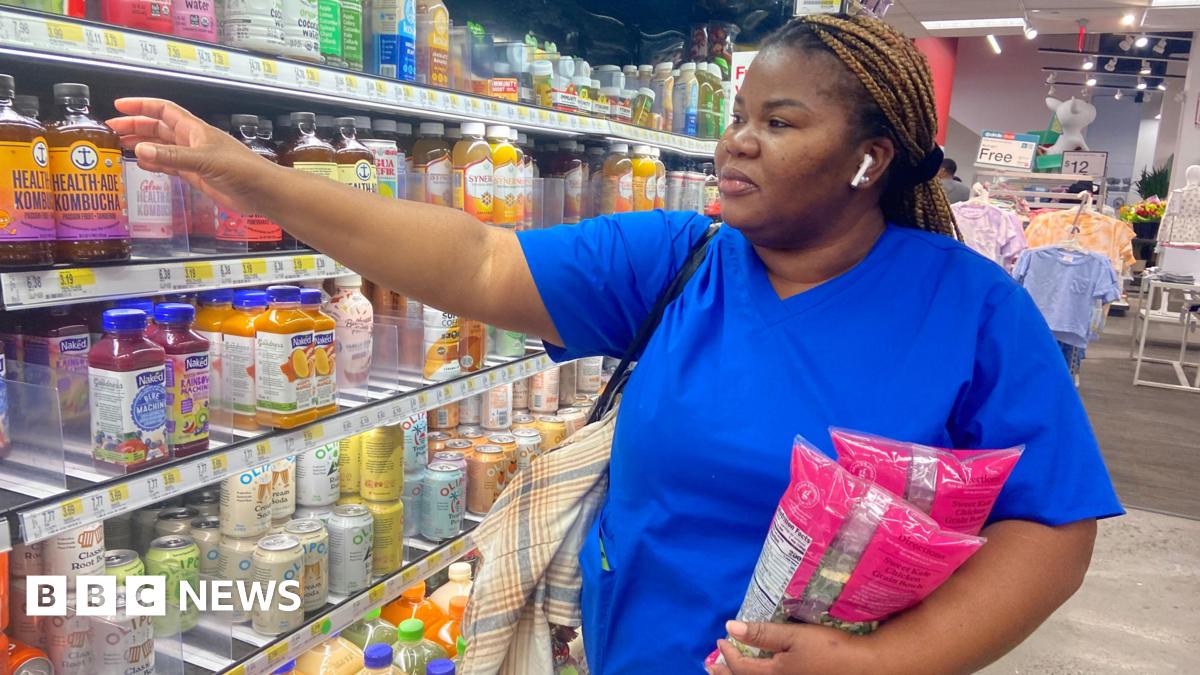What Yanique sees in the grocery and clothing aisles aligns with data from the Labor Department, released on Thursday. In August, prices for several tariff-exposed products ticked up: clothing prices, for instance, rose 0.5% from the previous month.
Grocery prices also increased 0.6% in the month to August, with particularly strong gains for coffee, a product that is sensitive to tariffs.
Economists noted that the growth in food prices, which tend to be volatile, might also be driven by the Trump administration’s immigration policies, as mass deportations suppress the workforce in the food and agriculture sectors and boost labour costs.
But how Americans experience the rising prices for everyday goods is far from uniform.
“Lower-income households are almost tailor-made to be exposed to tariffs,” said Ernie Tedeschi, director of economics at the Yale Budget Lab. Mr Tedeschi was previously an economist in the Biden administration.
Those with less disposable income tend to spend more of their budget on imports, Mr Tedeschi said. Moreover, the type of imports that have disproportionately borne the burden of tariffs so far this year, such as imports from China, tend to be lower-priced goods, he added.
A report from the Yale Budget Lab released earlier this month found that, as of June, core goods prices were 1.9% above pre-2025 trends, suggesting that tariffs are raising prices for window coverings, appliances and electronics, among other basic products.
Corporate executives are taking note of the consumer divide. McDonald’s CEO Chris Kempczinski warned earlier this month that higher-income Americans are still able to spend freely while everyone else falters. It is part of why the chain is expanding its value menu, to entice price-conscious customers.
“Particularly, with middle and lower-income consumers, they’re feeling under a lot of pressure right now,” Mr Kempczinski said.
“It’s really kind of a two-tier economy,” he added.
